





































































































































Pac-12 expands efforts to shorten games
The Pac-12 has expanded an initiative to shorten football game times.
Thirty games this season will have shorter halftimes and restructured commercial breaks, among other time-saving measures. That's up from a test run of 15 nonconference games last season.
The idea is to cut the run-times on games that in recent years have routinely gone well past the three-hour mark.
Utah coach Kyle Whittingham doesn't mind those abbreviated halftimes, which have gone from 20 minutes to 15 under the Pac-12's program — including during Utah's 41-10 victory at home over Weber State last Thursday.
"There's no reason football-wise not to do it," Whittingham said Tuesday on the Pac-12 coaches teleconference. "I know there's halftime entertainment, bands and that type of thing, but as far as the football players and their health, and not sitting down for 20 minutes and cooling off — you know, the NFL has 12-minute halftimes, so I think that would be even better. But I think 15 minutes is a step in the right direction."
Last season, the test included 15 nonconference games shown on the Pac-12 Network. In addition to the quicker halftimes and fewer commercial breaks, kickoffs were moved closer to the start of the broadcast window.
In addition to cutting down the length of games, the idea was to also make sure games on the network did not overlap for fans watching at home.
In those 15 games, average length was reduced from 3:19 to 3:14, with eight games coming in under the 3:14 mark. Game broadcast windows went from 3:28 to 3:20, the league said.
"We were able to cut the average game length by about five minutes, and the average broadcast window by eight minutes. It may not sound like a lot, but it resulted in fewer games being joined in progress," Pac-12 Commissioner Larry Scott said in announcing expansion of the initiative this summer. "I know many in college sports have been closely following our pilot program as they evaluate what to do themselves to tackle the issue of game length."
The expanded program will include some league games aired on FOX Sports and ESPN.
On a national level, the NCAA has also been implementing measures to shorten games, including enforcement of 20-minute halftimes — which sometimes stray longer. Last year that cut FBS-level games by more than four minutes.
For this season, the NCAA adopted a rule that sets the play clock at 40 seconds following a touchdown to expedite the extra point or two-point conversion attempt. The play clock will also be set at 40 second after a kickoff to more quickly restart play.
USC coach Clay Helton said the Trojans will have four games this season with 15-minute halftimes; the first was last weekend's 43-21 victory at home over UNLV. He said the coaches were able to do what they needed to do in the shorter period.
"Most of the time I don't worry about what I can't control. If the conference or NCAA say, 'Hey, were going to this model,' then you adjust as coaches," Helton said.
Stanford coach David Shaw's concerns lie mainly with the number of commercial breaks. In cutting down the TV timeouts, the aim is to enhance the experience for those in the stands in addition to shaving off minutes.
"That's the hard part for me: You have three or four stoppages the first quarter for commercial breaks and TV timeouts. Those make the game take longer than the actual game," Shaw said. "So that for me is the biggest thing that needs to be addressed."
But Washington State coach Mike Leach said that in the scope of what college football needs, shortening games should be low on the priorities list. He suggested if a game goes too long, viewers have the option of just switching it off.
"I don't think it's a real urgent thing," Leach said. "I don't see it as a big deal."
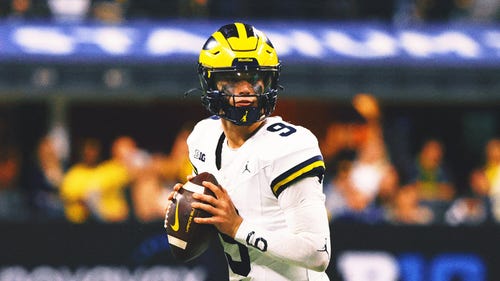
J.J. McCarthy is ‘Mitch Trubisky with a better coach,’ says Colin Cowherd
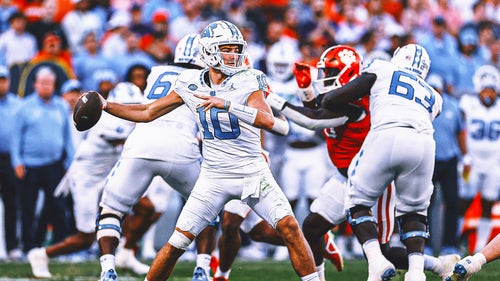
Former North Carolina QB Drake Maye discusses visits with Giants, Commanders
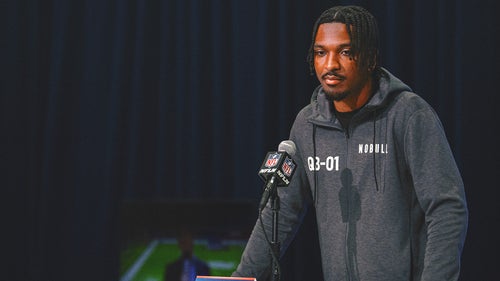
Jayden Daniels downplays issues with Commanders, says he'd be 'blessed' to go No. 2
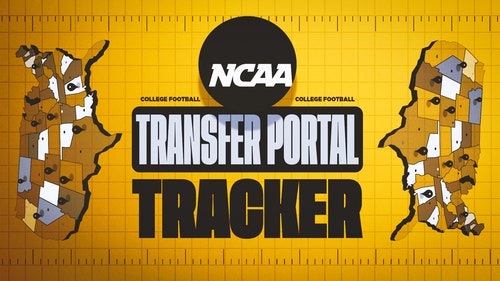
2024 college football transfer portal tracker: QB Jaden Rashada to Georgia

USC's Caleb Williams says he's a 'big fan' of Washington WR Rome Odunze
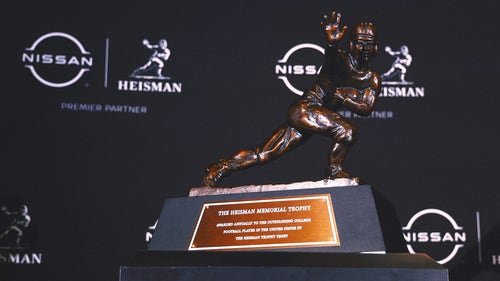
Heisman winners by school: Where does USC rank after returning Reggie Bush's trophy?

2024 NFL Draft RB rankings: No clear stars, but deep top 10 prospects
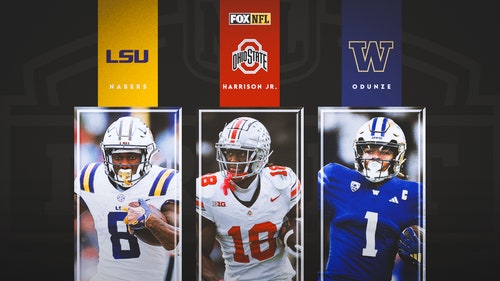
2024 NFL Draft WR rankings: Marvin Harrison Jr. leads stacked top 10 prospects
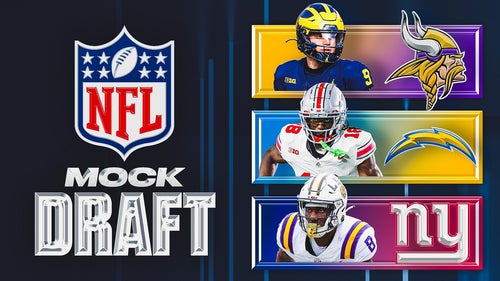
2024 NFL Mock Draft: Chargers, Giants land star wideouts after QBs go 1-4


J.J. McCarthy is ‘Mitch Trubisky with a better coach,’ says Colin Cowherd

Former North Carolina QB Drake Maye discusses visits with Giants, Commanders

Jayden Daniels downplays issues with Commanders, says he'd be 'blessed' to go No. 2

2024 college football transfer portal tracker: QB Jaden Rashada to Georgia

USC's Caleb Williams says he's a 'big fan' of Washington WR Rome Odunze

Heisman winners by school: Where does USC rank after returning Reggie Bush's trophy?

2024 NFL Draft RB rankings: No clear stars, but deep top 10 prospects

2024 NFL Draft WR rankings: Marvin Harrison Jr. leads stacked top 10 prospects

2024 NFL Mock Draft: Chargers, Giants land star wideouts after QBs go 1-4
